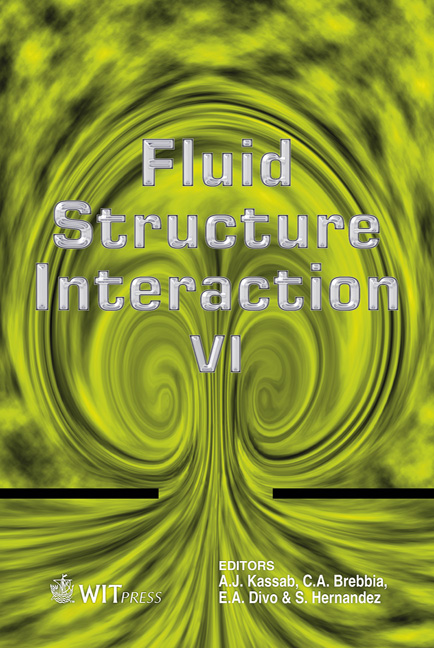An Approach To Earthquake Prediction Due To Mantle Flow And Crust Interaction
Price
Free (open access)
Transaction
Volume
115
Pages
12
Page Range
271 - 282
Published
2011
Size
525 kb
Paper DOI
10.2495/FSI110231
Copyright
WIT Press
Author(s)
H. Gholibeigian, A. Amirshahkarami & F. Gholibeigian
Abstract
We are going to predict location, magnitude and time of an earthquake before shock as a complex adaptive system. In the Earth’s equilibration and adaptation of the system, earthquakes and changes in material properties occur. We are going to model this process in the Earth. In other words, our approach is based on the Pulsating Mantle hypothesis, PMH, of authors as a methodology that says: \“Two phenomena that are deduced from the gravity forces between the Earth, Moon and the Sun, are: (1) dislocation of the inner core and (2) appearing the bulge(s) toward the Moon and the Sun in the interface of the outer core and the mantle.” The Earth has a fluid dynamic nature including fluid-structure interactions in different geologic time scales. Due to transient fluid-thermomechanical loading that is deduced from the two above-mentioned phenomena, the mantle flow, continental drift, movement of the tectonic plates, faults movement and consequently an earthquake occur in the heart of the domain in the Earth that is the fault. In this proposed approach we use the Finite Element Method (FEM) as a tool. Keywords: inner core’s dislocation, outer core’s bulge, "pulsating mantle" Hypothesis, constitutive model, transient fluid-thermo-mechanical loading, thermo-visco-elastoplastic behavior, earthquake and Jerk.
Keywords
inner core’s dislocation, outer core’s bulge, “pulsating mantle” Hypothesis, constitutive model, transient fluid-thermo-mechanical loading, thermo-visco-elastoplastic behavior, earthquake and Jerk





